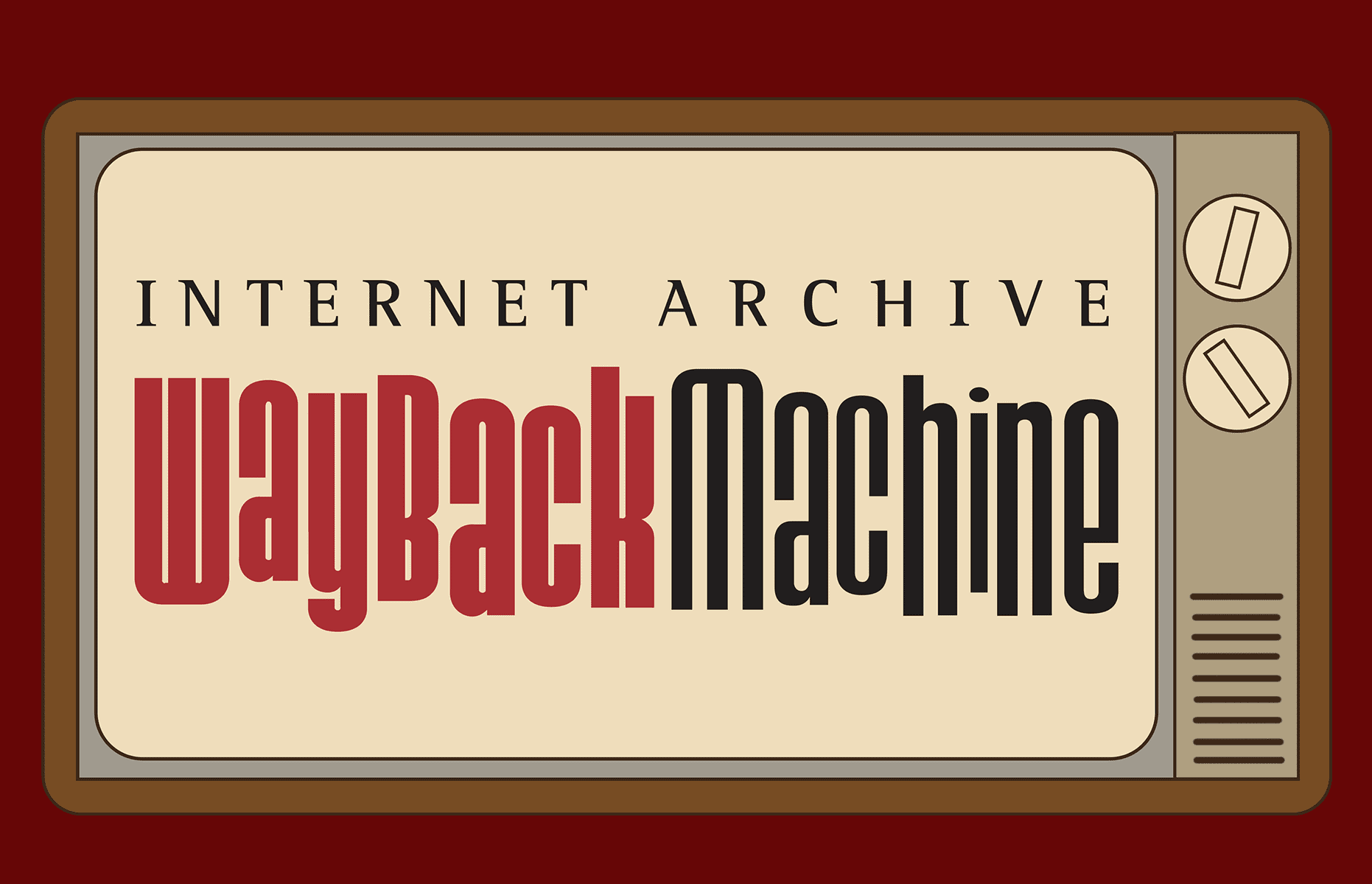At some point in the future, it’s possible that the only way to read this article will be on the Wayback Machine.
Actually, that is somewhat presumptuous of me. It would need to be saved, the Wayback Machine would still need to be in operation, you would need a digital device to read it and so on. There are quite a few points of potential failure between now and then.
Now, this article may not be historically significant, but what happens if this kind of erasure happens to more important parts of the internet? With factors like ongoing digitisation, a continuing pandemic and ever-growing digital platforms driving us further online, what artefacts of our lives will remain?
The easy answer is to keep a paper copy.
We still have physical items like books, newspapers and photographs that capture aspects of our present. Technically, you could print out web pages or download digital content to try to create a personal archive. Yet, practical concerns aside, trying to transform everything into a physical format could leave something vital behind. In his 1964 book Understanding Media: The Extensions of Man, media theorist Marshall McLuhan suggested that the medium is the message; the effect of communication is shaped by its form. So if we have to change the format to save it, this act of removing it from the original context might really be changing its meaning.
So, how are our digital lives saved for the future?
This brings us back to the Wayback Machine. If you haven’t encountered the Wayback Machine, it is a digital archive, launched by the Internet Archive in 1996, that provides access to historical versions of websites. With a mix of ongoing web crawls, collaborative projects and user collected data, the Wayback Machine has over 726 billion webpages (at time of writing). Between April 2001 and August 2022, the Honi Soit homepage has been saved 1412 times. This is essentially 1412 opportunities to view what Honi looked like, spoke about and covered over the years.
What initially appeared to be an admirable pursuit to positively contribute to society has become increasingly significant in the current state of digital content. Each week seems to bring a new reminder of how truly ephemeral the digital sphere has become. Even if it isn’t intentionally deleted, it doesn’t take a lot to make a webpage disappear – merely a broken link or a forgotten payment for a domain will be enough.
Amidst disappearing digital content and ongoing legal action, it seems to be getting harder for groups like the Internet Archive to keep operating. The Internet Archive’s work extends beyond the Wayback Machine through their vast library made up of millions of books, audio recordings, videos (including televised news broadcasts) and images, even including software programs. It is this library which is the current focus of ongoing legal action launched by a group of major publishers regarding the Internet Archive’s digital lending practices. A focus of this case has been the ‘National Emergency Library.’ It was set up by the Archive during the pandemic which sought to provide universal access to information for teachers, researchers and students globally who weren’t able to access libraries. A few months after launching the library, the Internet Archive changed their practices to only allow a single borrower at a time.
Despite this increased complexity, there doesn’t seem to be a universal solution for how the internet could be archived. The result appears to have left the challenge to be dealt with by museums, libraries and groups of concerned global citizens. As they grapple with the recording or sharing of local histories, they are able to adapt to the challenges and opportunities of saving digital content. These methods include the development of digital collections and the use of techniques like photogrammetry (which can use photographs to create three-dimensional models of items).
ACMI (formerly known as the Australian Centre for the Moving Image) is a museum of screen culture that displays physical and digital artefacts of local film, television and gaming development. Their central exhibition ‘The Story of the Moving Image’ showcases everything from televisions through the decades to computers and arcade machines where you can play games from years past. Each visitor to ACMI collects a Lens (a physical cardboard disc that looks a little like a visual dial for a picture viewer) which uses near-field communication (NFC) technology to allow you to collect a digital version of any of the exhibits that interest you to look at later. ACMI offers visitors the chance to see our screens past, present and future.
As I type out this article, I’m reminded that it doesn’t take a lot for our words to disappear. With constantly changing digital environments impacting more and more of our lives, it doesn’t seem like there is an easy answer. Maybe instead it is in the combination of the varied methods of digital archiving that we end up saving this content for future audiences. With the Wayback Machine, we can all have a role in curating what parts of the internet we want to protect.
So next time when I find something on the internet that matters to me, I’ll add it to the Wayback Machine. Maybe, you will too.





